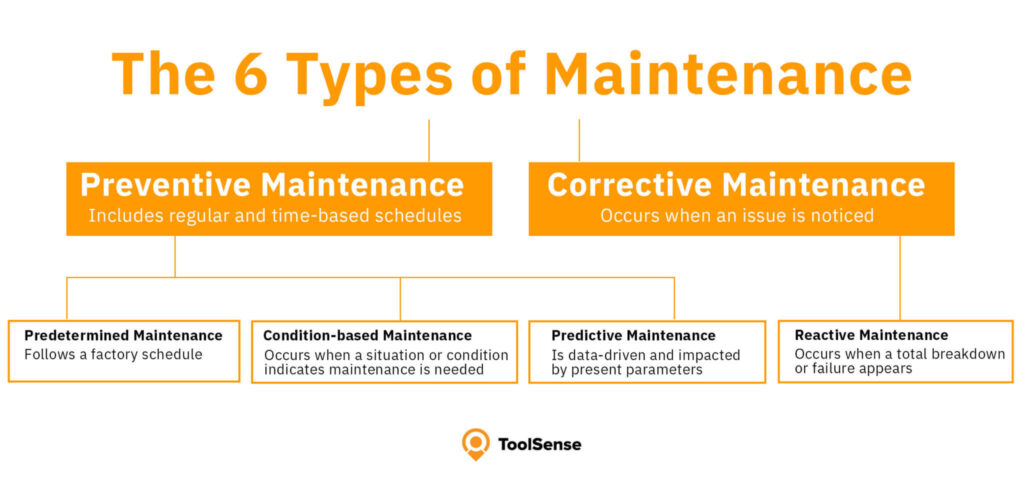Is your factory struggling with inefficiencies? Are production delays and rising costs cutting into your profits? You’re not alone. Many manufacturing facilities face challenges in managing the complex flow of materials, information, and products. Optimizing factory logistics is the key to streamlining operations, reducing waste, and boosting your bottom line.
Key Takeaways:
- Optimizing factory logistics involves improving warehouse management, transportation, and inventory control.
- Implementing technology like WMS and TMS can significantly improve efficiency.
- Lean manufacturing principles, such as Just-in-Time (JIT) inventory, can minimize waste and reduce carrying costs.
- Data-driven decision-making is crucial for identifying bottlenecks and implementing targeted improvements.
Understanding the Challenges in Factory Logistics
Factory logistics encompasses all activities related to the movement and storage of materials, parts, and finished goods within a manufacturing facility. This includes everything from receiving raw materials to shipping finished products to customers. Inefficient factory logistics can lead to a host of problems, including:
- Increased Costs: Delays, errors, and waste drive up operational expenses. Poor inventory management can lead to excess stock, obsolescence, and higher storage costs. Imagine wasting gigabytes (gb) of storage space on outdated materials.
- Production Bottlenecks: Inefficient material flow can disrupt production schedules and lead to delays. A lack of readily available components can halt production lines.
- Reduced Efficiency: Workers spend more time searching for materials and moving goods, reducing overall productivity.
- Customer Dissatisfaction: Late deliveries and inaccurate orders can damage your reputation and erode customer loyalty.
Strategies for Streamlining Factory Logistics
Several strategies can be implemented to improve factory logistics and overcome these challenges.
- Warehouse Management Optimization: A well-organized warehouse is essential for efficient material flow. Implementing a Warehouse Management System (WMS) can automate many tasks, such as receiving, put-away, picking, and packing. This improves accuracy, reduces errors, and speeds up processing times. Consider implementing strategies like ABC analysis to prioritize the storage and retrieval of high-demand items. Clear labeling and standardized storage locations are also crucial for minimizing search times.
- Transportation Management Improvement: Efficient transportation is vital for moving materials and finished goods quickly and cost-effectively. A Transportation Management System (TMS) can help you optimize routes, track shipments, and manage carriers. This can lead to lower transportation costs and improved delivery times. Explore options like consolidating shipments and using different transportation modes (e.g., rail, truck, air) to find the most efficient solution.
- Inventory Control Enhancement: Effective inventory control is crucial for minimizing waste and reducing carrying costs. Implement Just-in-Time (JIT) inventory management to receive materials only when needed for production. This reduces storage requirements and minimizes the risk of obsolescence. Regularly analyze inventory levels to identify slow-moving or obsolete items and take appropriate action. Employing safety stock strategies can help buffer against unexpected demand fluctuations without overstocking.
Leveraging Technology for Better Factory Logistics
Technology plays a vital role in optimizing factory logistics. Several software solutions can help you automate tasks, track inventory, and improve decision-making.
- Warehouse Management Systems (WMS): WMS software provides real-time visibility into inventory levels, manages warehouse operations, and optimizes picking and packing processes.
- Transportation Management Systems (TMS): TMS software optimizes transportation routes, tracks shipments, and manages carriers.
- Enterprise Resource Planning (ERP) Systems: ERP systems integrate various business functions, including factory logistics, production planning, and finance.
- Real-Time Location Systems (RTLS): RTLS technology tracks the location of materials and equipment in real-time, providing valuable insights into material flow.
Investing in these technologies can significantly improve efficiency, reduce costs, and enhance visibility across your factory logistics operations.
Implementing Lean Principles in Factory Logistics
Lean manufacturing principles can be applied to factory logistics to eliminate waste and improve efficiency. Some key lean principles include:
- Just-in-Time (JIT) Inventory: Receive materials only when needed for production, reducing storage costs and minimizing waste.
- 5S Methodology: Sort, Set in order, Shine, Standardize, and Sustain – create a clean, organized, and efficient workspace.
- Value Stream Mapping: Identify and eliminate waste in the material flow process.
- Continuous Improvement (Kaizen): Continuously seek ways to improve processes and eliminate waste.
By implementing these lean principles, you can create a more efficient and streamlined factory logistics operation.





